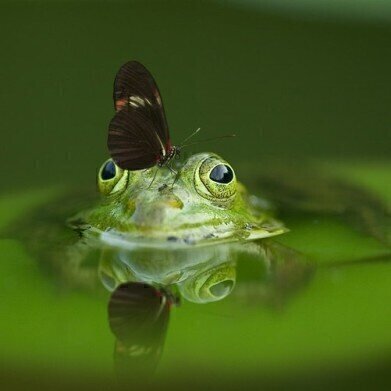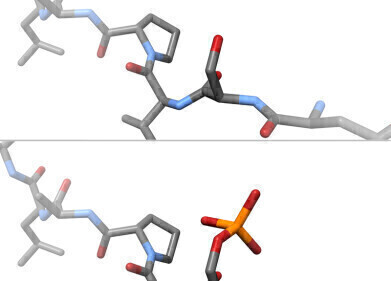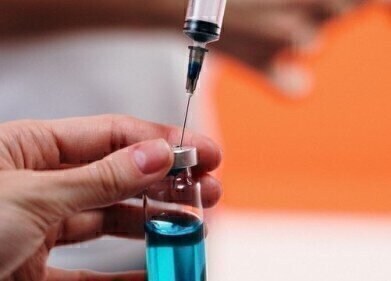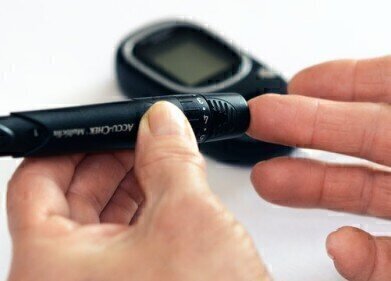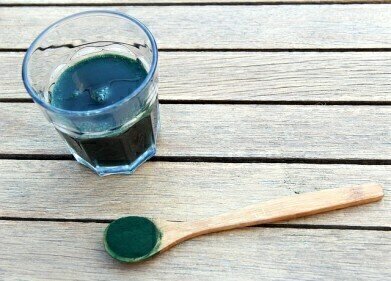Affinity
Finding Anticancer Properties in Green Algae - Chromatography Can Help
Apr 20 2019
It is one of those things we might see floating on the top of the local pond and not give a second thought to. But algae are a fascinating organism that are becoming more important as we discover more of the properties they possess. In a recent paper published in the journal Heliyon - Antimicrobial and anticancer activities of Scenedesmus obliquus metabolites - a team of researchers has investigated the potential of using algae to fight one of Man’s biggest killers. Cancer.
Green algae - more than just pond scum
Algae are a group of simple organisms that are found in both salt- and fresh- water. They can be unicellular or multicellular and can carry out photosynthesis like plants. But unlike plants, they do not have leaves, roots and stems. Some algae are mixotrophic meaning they can generate energy from different sources, not just photosynthesis. Some use a form of osmosis to take-in organic matter which they use to produce energy and carbon. There are many different types of algae including red, blue-green, brown and green.
The study referenced above investigated a type of green algae known as Scenedesmus obliquus which is a unicellular organism - one of 74 accepted species of the genus Scenedesmus. Like many other types of algae, they are rich in micronutrients and compounds like carotenoids, amino acids and fatty acids. This has led to research into using algae as feedstock for biofuels, animal feed, food additives and cosmetics. But the team from Egypt has reported on another use. Medicine.
Scenedesmus obliquus - antibacterial, antifungal and anticancer
Algae are a relatively easy species to cultivate, hence their use as a biofuel - but this property could also benefit medicine. In the Egyptian study they set out ‘to evaluate S. obliquus extract and its fractions antibacterial activity against pathogenic bacteria, antifungal activity against mycotoxigenic fungi and anticancer activity against liver, colon and breast cancer cell lines’.
Various extractions were made using a variety of different solvents. The extractions were then used to test the antibacterial, antifungal and anticancer properties of S. obliquus. The team used gas chromatography- mass spectrometry to identify the bioactive compounds in the fractions of the algae. The use of chromatography to investigate bioactive compounds like proteins is discussed in the article, Mobile Affinity Sorbent Chromatography Of Proteins.
The team found that the S. obliquus fractions all exhibited antibacterial and antifungal properties. They also report that S. obliquus was cytotoxic against various cancer cell lines - inhibiting the growth of the cancer cells. They conclude: ‘The current study highlighted the potential application of S. obliquus as antimicrobial and anticancer agents.
Digital Edition
Chromatography Today - Buyers' Guide 2022
October 2023
In This Edition Modern & Practical Applications - Accelerating ADC Development with Mass Spectrometry - Implementing High-Resolution Ion Mobility into Peptide Mapping Workflows Chromatogr...
View all digital editions
Events
ACS National Meeting - Fall 2024
Aug 18 2024 Denver, CO, USA
Sep 04 2024 Chiba, Tokyo, Japan
Sep 04 2024 University of Warwick, Coventry, UK
Sep 10 2024 Rockville, MD, USA
Plastics Recycling World Expo Europe
Sep 11 2024 Brussels, Belgium
